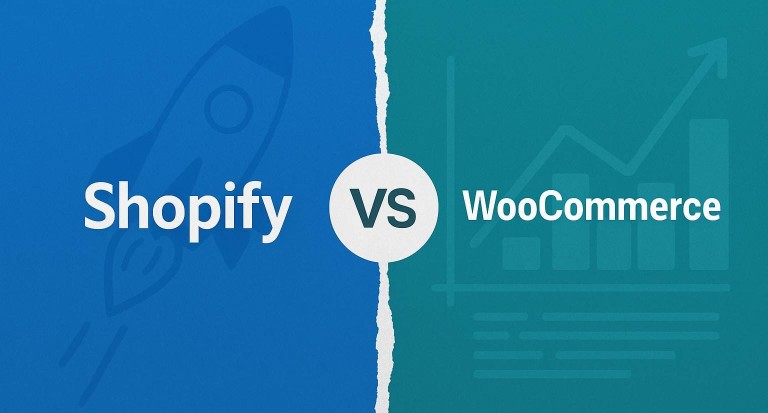Many website owners become frustrated when their once-flawless WordPress website starts showing cracks after several years. They ask, “Why is my site slower?” or “Why does it feel harder to update now?”
Before you jump on the web developer carousel, understand that websites—like all technology—follow a product life cycle. Just like you wouldn’t update your DVD player when the rest of the world is streaming, you shouldn’t expect a 5+ year-old website to perform without a significant overhaul, no matter how well-built it was at launch.
Let's break down the stages of a WordPress website’s product life cycle and explore why trying to force new development on an aging website is often a frustrating, costly experience.
Building on a 5+ year-old website is like upgrading a DVD player when the rest of the world is streaming.
The Product Life Cycle of a WordPress Website
1. Introduction Phase
The Build & Launch
The first phase of a website is exciting—it’s fresh, fast, and up-to-date with the latest plugins, frameworks, and design trends. At this point, the website is equipped to handle current needs and technologies, such as SEO best practices and security measures.

2. Growth Phase
Adoption & Optimization
During this phase, the website attracts traffic and proves its value. Minor optimizations—like adding new pages, tweaking plugins, and refining content—are normal. It’s a good time to adjust based on user feedback and evolving business needs.
3. Maturity Phase
Stability but Slowing Innovation
After several years, the website settles into stability. While it still works fine, the software ecosystem around it evolves. The technology on which the website was built—such as themes, plugins, and even coding standards—may start feeling out-of-date.
4. Decline Phase
Compatibility Issues and Security Risks
Five years or more down the line, your website might begin to experience slower performance, broken features, plugin incompatibilities, and increased security vulnerabilities. Updating or adding features becomes harder because your site is built on older code that isn’t designed to handle modern web trends (e.g., faster frameworks, new CMS capabilities, or advanced integrations).
Why Your 5+ Year-Old Website Feels Outdated
The digital landscape evolves rapidly—what was standard five years ago may be considered a liability today. Plugins that were essential might no longer be supported. Hosting technology also advances, meaning newer websites are optimized for faster speeds that your old site can’t match. It’s not just about patching a few things—it’s the architecture itself that is aging.
Let’s return to that DVD vs. streaming analogy:
When your website was built five years ago, it was like purchasing a state-of-the-art DVD player in 2010. It did everything you needed: play movies, display menus, even handle bonus content. But fast-forward to today. The world is streaming in 4K, with platforms offering personalized recommendations and near-instant access to content. While you could try to upgrade your DVD player to support a newer remote or attach a streaming stick, it will never match the experience of native streaming.
Similarly, forcing new features onto an old website often feels clunky because the foundational technology wasn’t designed to support them. The site may slow down, become buggy, or even crash under the weight of those “upgrades.”

When to Upgrade vs. When to Rebuild
So, what’s the solution? The key is understanding when it’s time for a rebuild rather than endlessly patching old software. Here are a few signs that indicate a rebuild is the better path:
At a certain point, just like with the DVD player, it’s not worth the hassle of upgrading a system that is no longer future-proof. A rebuild, on the other hand, allows you to future-proof your site for the next five years, using up-to-date frameworks and technologies.
Invest in the Future, Not the Past
Understanding that websites have a product life cycle helps manage expectations. Technology marches on, and clinging to an old website—no matter how well it served you in the past—will eventually hold your business back. Just as no one would invest in enhancing a DVD player when streaming platforms are the new standard, it’s wiser to rebuild your website on modern foundations than to try and develop on top of outdated code.
Rebuilding may seem daunting, but it’s an investment in efficiency, security, and scalability for the next stage of your business. Instead of patching cracks in a 5+ year-old structure, you’ll build something that’s ready for the future—like upgrading from DVDs to a seamless streaming experience.
If your website is feeling like an old DVD player in a streaming world, it’s time to talk about what a rebuild can do for you. Let’s future-proof your online presence and set you up for success in the years ahead!
This analogy and understanding of the product life cycle will help you explain to clients why rebuilding is often the best choice. Let me know if you’d like to tweak any section!



